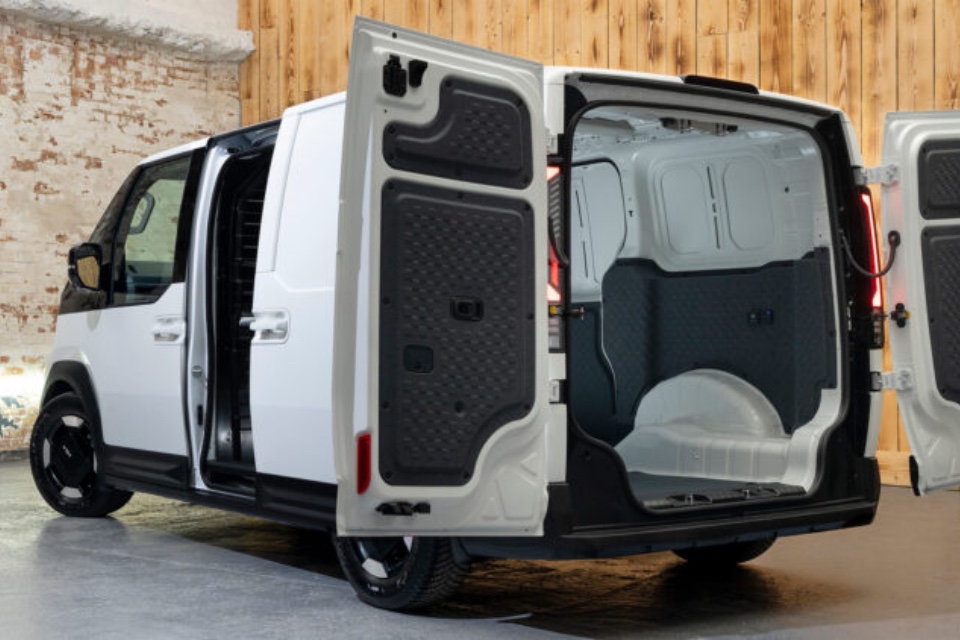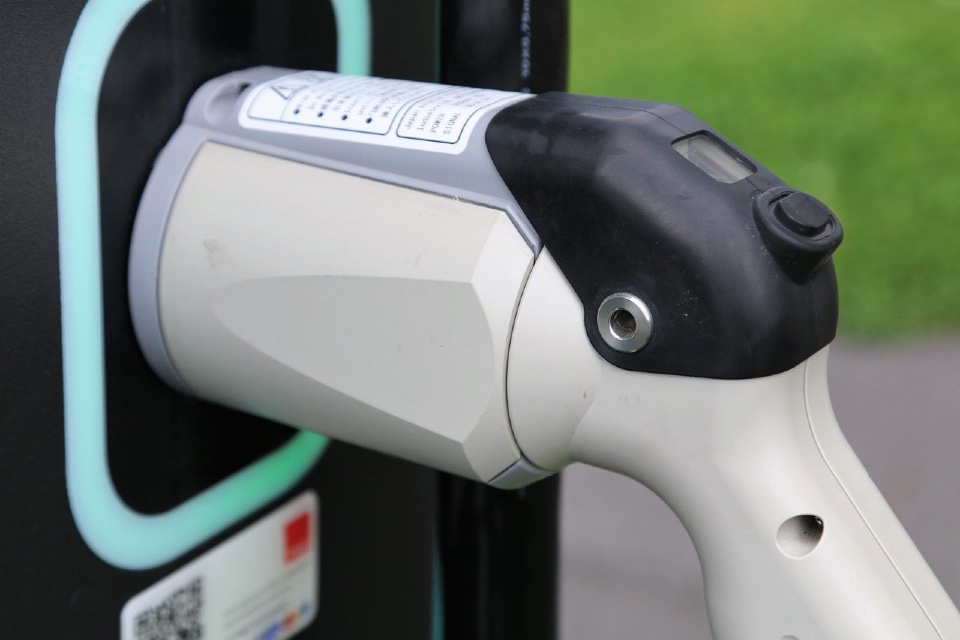THE WHICHEV VIEW: Kia debuts PV5 electric van in UK

By WhichEV Kia has officially entered the UK electric commercial vehicle sector, unveiling its first purpose-built electric van — the PV5 — at the 2025 Commercial Vehicle (CV) Show. The company has also announced an all-new dealer and service network, focused exclusively on supporting businesses making the shift to electric. Pre-orders for the PV5 Cargo and PV5 Passenger […]
THE WHICHEV VIEW: Challenges persist for electric vans as UK transportation market faces regulatory review

By WhichEV The UK’s transition to zero-emission commercial vehicles remains a critical aspect of its decarbonisation strategy. While electric van (e-van) sales have seen a recent uptick, systemic challenges are hampering progress towards mandated targets. According to the latest figures from the Society of Motor Manufacturers and Traders (SMMT), electric van volumes grew by over […]
How much would it cost to drive the British coastline in an electric van?

If you’ve seen the news recently, you may have seen that a man called Nick Butter has successfully completed a challenge like no other: running the length of Britain’s coastline. That’s right, Nick completed this epic, extraordinary journey after 128 days on Sunday 22nd August 2021. In doing so, the ultramarathon man clocked a whopping […]
Can electric vans keep up with the pressuring demands of online shopping?

The courier sector is currently experiencing two major consumer demands – an ever-increasing expectation for rapid delivery times, and a growing concern for greener methods. Balancing these two requirements has been difficult, and the recent pandemic has only amplified the pressure, with more parcels and packages heading out onto the roads than ever before. Couriers […]


